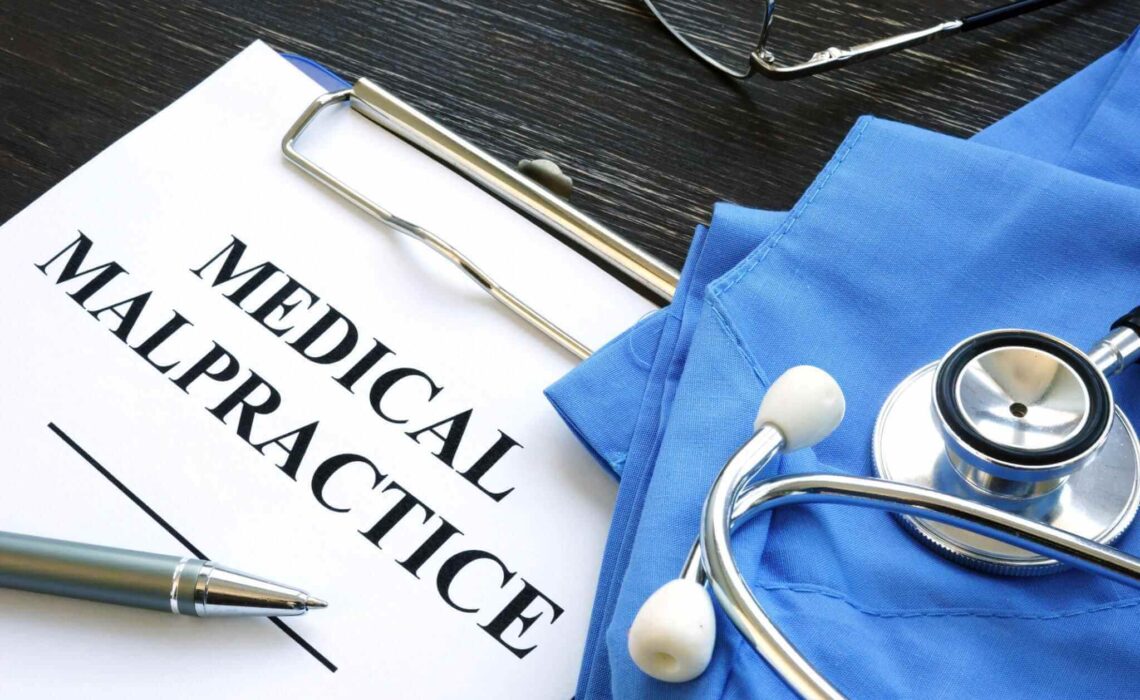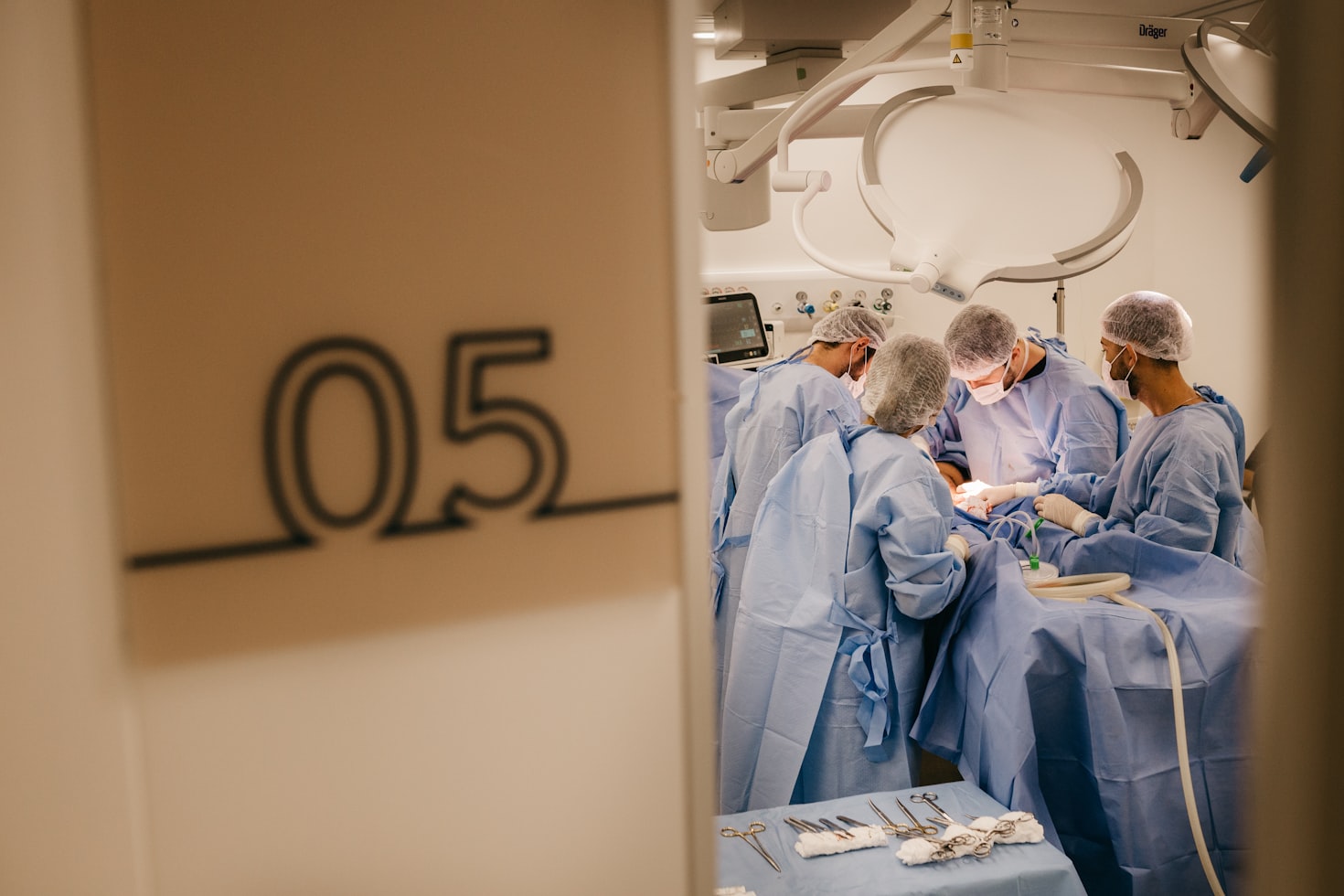We have all sought medical intervention at some point in our lives. However, not every incident goes smoothly; errors or incompetence occur more frequently than we would like to believe.
Medical malpractice happens daily, causing untold pain, suffering, and loss to the victims.
In this article, we will explore medical malpractice and what you can do if you have experienced it.
1. Understanding Medical Malpractice
Table of Contents
Medical malpractice occurs when your healthcare provider neglects to take proper or necessary treatment action, refuses appropriate treatment, or administers substandard treatment that may cause injury, harm, or even death.
The healthcare provider may become liable and answerable in court when such errors occur.
We have many examples that may constitute medical malpractice. But the most common ones include:
- Failure to give a proper diagnosis or misdiagnosis
- Breaching doctor-patient confidentiality
- Ordering the wrong laboratory tests
- Ignoring and misreading laboratory results
- Treating a patient without informed consent or unauthorized treatment
- Errors during surgery
- Performing unnecessary surgery procedures
- Prescribing the wrong dosage
- Prescribing improper medications
- Poor follow-up care services
- Premature discharging of a patient from a medical facility
- Not keeping proper patient history, records and documentation
- Delayed treatment
Everyone involved in medical practice should maintain a certain level of standard care. However, errors sometimes occur, but not all lead to medical malpractice or harm to a patient.
However, if the patient experiences injury or harm, the healthcare provider may become legally responsible since they have deviated from delivering quality care expected in similar situations.
Factors that can lead to legal, medical malpractice cases
1. Failure to provide a proper medical standard of care
According to the law, every person deserves proper medical care regardless of their background.
Failure to provide professional health care and adhere to the given standards may lead to accusations of negligence.
2. Injury occurring due to negligence
The patient cannot claim compensation if negligence occurred and no harm or injury was caused. However, they can file for compensation if they show evidence of harm or injury due to negligence resulting in substantial damage.
Such considerable damage may include
- Suffering both physical and emotional damage
- Loss of income
- Enduring of hardship
- Constant pain
In case of Medical Malpractice: What to Do When You Think you’ve Been Harmed
In case you suspect being a victim of medical malpractice and your rights as a patient have been breached, causing harm or injury, you need to:
1. Establish existing relations with your medical practitioner
You need to establish that
- A doctor and patient relationship existed
- That you are registered to undergo treatment in that hospital
- The doctor and the health facility owed you, as the patient, a duty of care
- The doctor or facility violated their medical mandate and duty of care
- You suffered harm or injury due to your breach of duty.
2. Look For Signs
After establishing you had a relationship with the medical provider, look for signs that may showcase malpractice took place, and they include but are not limited to:
- The doctor doesn’t follow up after treatment esp, especially surgery
- The nurses administered surgical medication without considering your allergies and other medical history
- The prescribed medication worsens your condition, or you don’t notice any change.
- You develop new symptoms and pains that last for days
- The medical team doesn’t listen to your concerns, and they are dismissive or gaslighting you
- The treatment given does not match your symptoms and conditions
- You received medication without your consent
- The medical team didn’t give you other treatment options
- You have developed other conditions while at the hospital
What to Do When You Think You’ve Been Harmed
1. Consider talking to your medical team first
Even the most conscientious and competent medical team can make a mistake. However, medical malpractice rarely happens in competent, conscientious teams.
Medical malpractice often happens in teams that have not been well trained, lack proper policies in place, and in overworked, demoralized teams.
Sometimes, malpractice may happen due to the personal circumstances of the healthcare professional such as depression, stress, or substance abuse issues.
It is advisable to seek out the doctor, understand what might have happened, and gauge if the doctor is willing to correct the issue.
However, if the damage is severe and the doctor is disputing your claim, it’s time to seek a second opinion.
2. Seek a second, third, or even fourth doctor’s opinion
The second option rarely differs from the first diagnosis; however, more than three doctors’ opinions always have different diagnoses.
If you feel malpractice occurred, having more than three doctor reviews may help build your case.
Remember, once you suspect malpractice, you must quickly switch to another doctor; your health is a priority. Strictly avoid mixing treatment plans, disregard the previous ones, and embrace your new doctor’s treatment.
This may benefit your case if you notice an improvement after following the new treatment.
3. Collect Evidence
Your evidence plays a major role in winning and losing your case. Proper medical records are crucial in filing a successful malpractice case.
This includes medical records detailing your history, diagnosis, treatments, prescriptions, lab tests, performed procedures, and other related information about your medical journey.
- Expert Testimony: Testimony from other experts like nurses and physicians may be crucial in ensuring you win your case. Expert testimony may provide insight into the causation, standard of care, and other relevant medical issues.
- Videos and Photos: photographs of your injuries, images like X-ray results, and other video footage may become crucial in proving the medical malpractice claims.
- Witnesses: If you have witnesses present when seeing the doctor or when the harm occurred, they may provide crucial witness statements to support your case.
- Written documents: Documents like insurance paperwork, consent forms, or hospital receipts may establish a certain level of malpractice.
- Journals: Notes taken by patients and healthcare providers on your medication and treatment can also be used as evidence.
4. Get a Lawyer
Different states have different medical malpractice laws. In New Jersey, for instance, the institution or practitioner is liable for damages under the special laws that govern medical malpractice cases known as the (MCARE) Medical Care Access, responsibility and Patient First Act.
However, even with MCARE, proving malpractice in New Jersey is hard to do. Aiello Harris Law Firm, is a reputable and highly experienced team of medical malpractice legal experts, who can assist you in navigating your case.
Final Thoughts on What To Do in Case of Medical Malpractice
Medical malpractice is unfortunate and harmful to the affected patient; sometimes, it can lead to death. That said, when malpractice occurs, focus first on reducing harm to yourself by finding another healthcare professional to assist you immediately. Then, collect the necessary evidence to prove the malpractice, and, most importantly, don’t allow rogue institutions, doctors, and other involved parties to go unpunished.
Remember, reporting such malpractice may save another life. However, find a specialized lawyer for the best legal strategies, actions, and compensation.
- How To Create A Safe And Comfortable Home Environment For In-Home Care In Boca Raton? - July 16, 2024
- 10 Trendy Black Nail Ideas To Elevate Your Nail Game - May 6, 2024
- Getting A Free Divorce In Virginia? Here’s What To Expect - April 24, 2024






No Comments